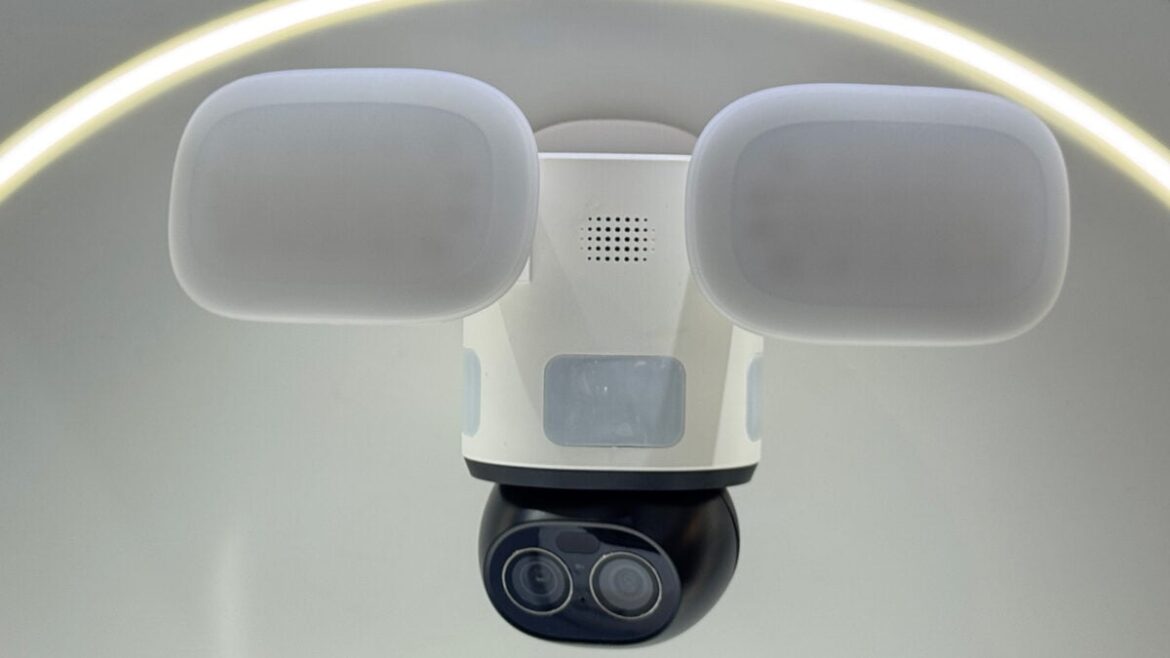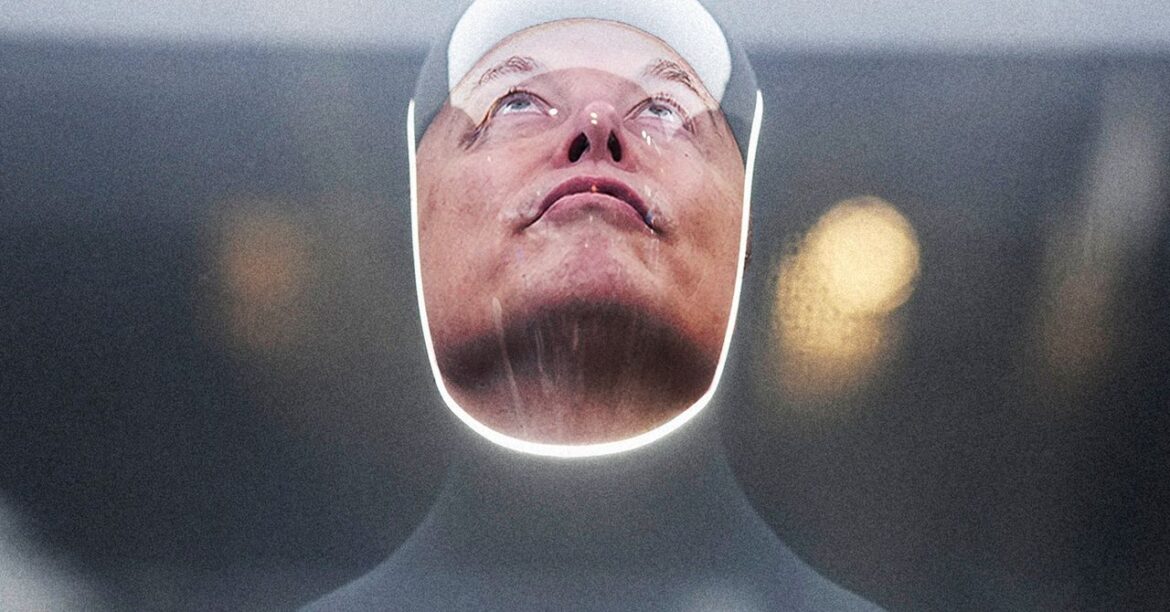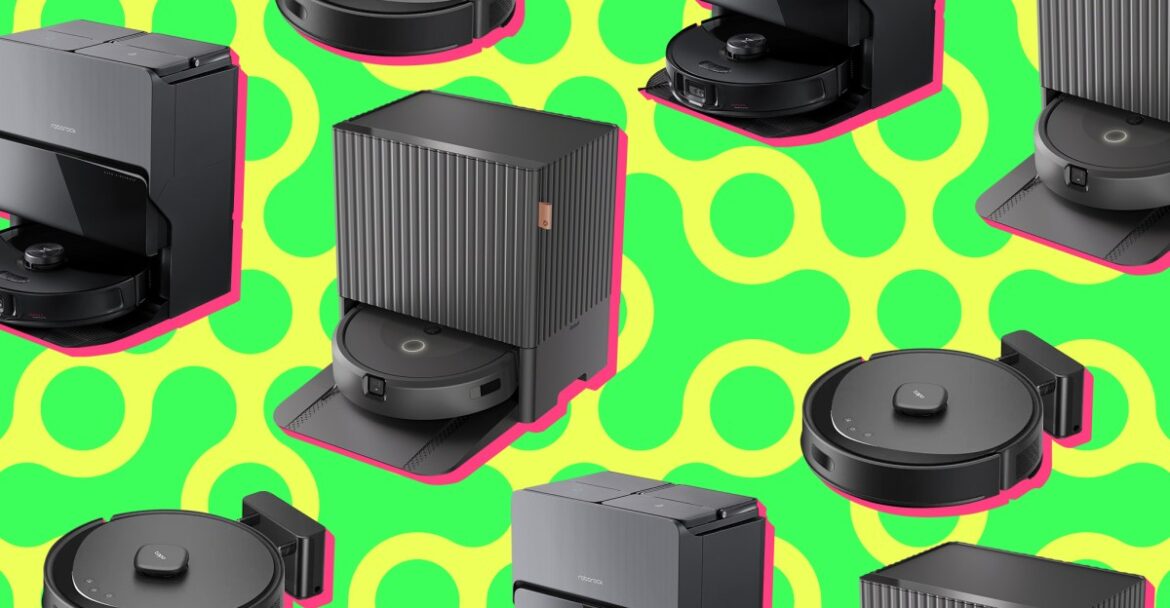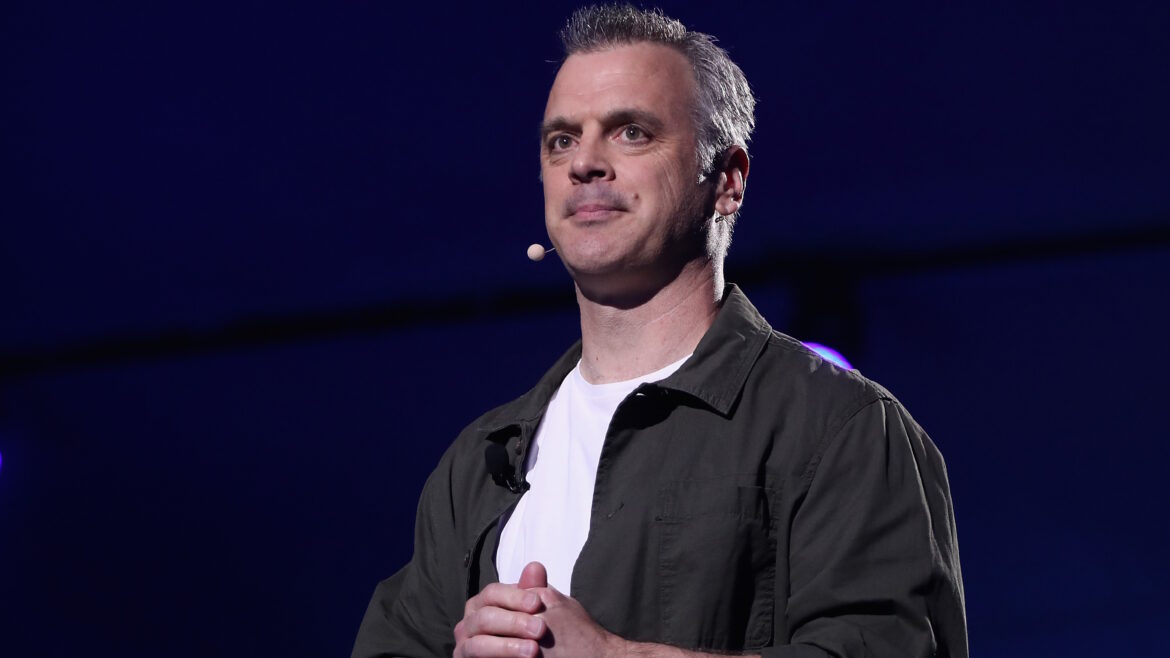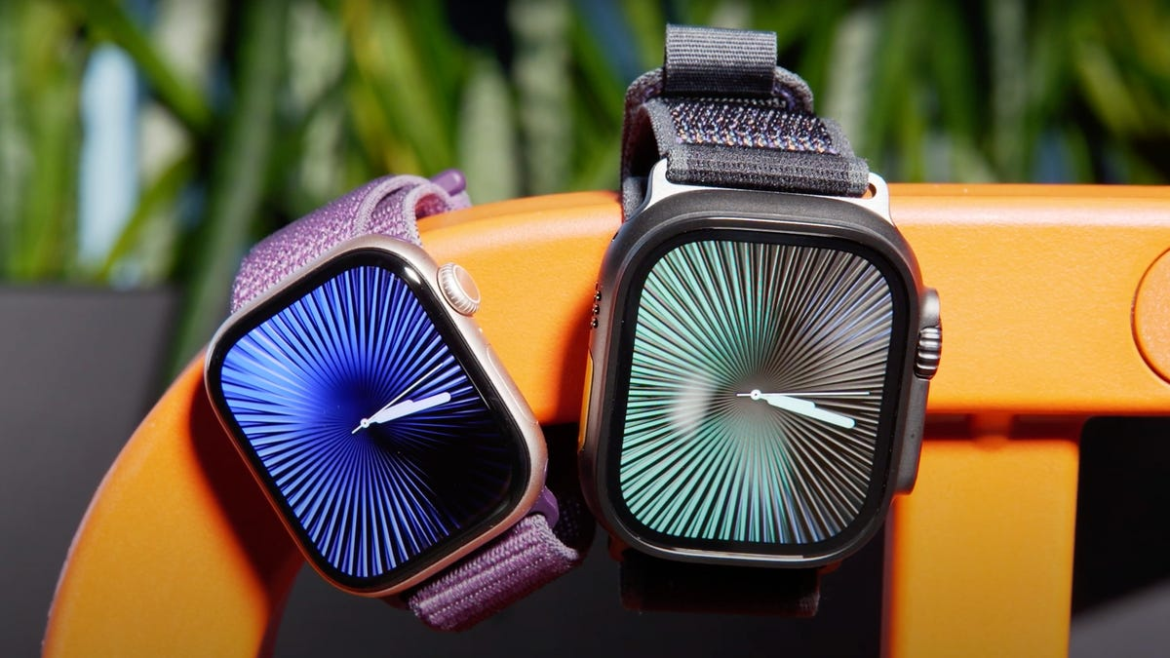Remember when choosing a gaming CPU was simply a decision that revolved around which Intel CPU to buy? If you cast your mind back to the previous decade, Intel was the undisputed king of gaming CPUs, its dominance so absolute it seemed unshakable. AMD, meanwhile, was struggling. So, Intel eventually became a default choice for many people looking to put a gaming PC together.
But then, like a bolt from the Red, AMD’s Ryzen arrived on the scene — a plucky underdog with a chip on its shoulder, and a mission to disrupt the status quo. It wasn’t an immediate knockout, but rather a calculated, relentless assault. In this article, we’ll detail how AMD managed to take the gaming performance crown away from Intel, and where each company stands now.
Intel’s iron grip (2011 – 2017)
(Image credit: Intel)
In the early to mid-2010s, the PC-gaming scene revolved almost entirely around Intel’s quad-core “Core i” series chips, kicked off by the Conroe processors. Ivy Bridge parts such as the Core i7-3770K offered the best frames-per-second money could buy, edging past their Sandy Bridge forebears, and were more popular than AMD’s FX line, despite similar performance. Haswell followed in 2013, and its 2014 refresh, Devil’s Canyon, cemented Intel’s dominance.
You may like
The formula was simple, consistent, and highly profitable for Intel: deliver quad-core processors (often Hyper-Threaded for eight threads) with strong single-core performance and high clock speeds. Year after year, Intel iterated with modest architectural tweaks here, slight frequency bumps there, and perhaps minor power efficiency gains.
The core count, however, remained stubbornly fixed at four for the mainstream desktop flagship. Gamers seeking the pinnacle of performance had one destination: Intel’s Core i7 CPUs (or the enthusiast HEDT platform, which was even more niche and expensive).
During this era, AMD’s strongest answer was the eight-core FX-9590, whose thermal and single-thread deficits made it an afterthought for gamers, leaving Intel free to execute small, reliable uplifts each generation. Even as innovation slowed (Skylake and Kaby Lake delivered <10% gains in many titles), Intel’s iron-fisted grip held strong because alternatives could not match its per-core performance, and resulting gaming performance.
But by 2016, cracks were forming in Intel’s iron gauntlet. Its mainstream desktop platform had been capped at four cores and eight threads since 2009. While annual refreshes delivered higher frequencies and new chipsets, they offered little else.
AMD’s Zen architecture (2017 – 2018)
(Image credit: Tom’s Hardware)
Intel’s equilibrium was shattered in March 2017 when AMD released the first-generation Ryzen 7 1800X. The CPU featured eight Zen cores, sixteen threads, and an MSRP of just $499, which was half the price of Intel’s octa-core Core i7-6900K it dared to challenge. In our review from 2017, we noted that in games like Battlefield 4, the Ryzen 7 1800X provided the “same performance as Intel’s Core i7-6900K,” but at half the price.
AMD’s strategy was bold and disruptive: Ryzen offered significantly more cores and threads at every price point compared to Intel’s entrenched lineup. The flagship Ryzen 7 1800X delivered double the number of cores and threads for the price of Intel’s quad-core, 8-thread Core i7-7700K.
While many raw gaming benchmarks still favoured Intel, Ryzen delivered then-workstation-class multi-thread muscle to mainstream boards, and platform features such as unlocked multipliers across the stack, alongside affordable AM4 motherboards, which only amplified its value proposition.
Reviewers quickly framed Ryzen as the CPU for everything else: streaming, content creation, and heavy multitasking. Cinebench scores that tied or beat chips twice its price, and gaming results only a few percentage points shy of Intel at 1440p and above, meant builders could pocket the savings for a better GPU or SSD.
In 2018, the Ryzen 2000 series (Zen+) refined the formula, closing the gaming gap slightly further and solidifying AMD’s position as a serious contender.
In our review of the 2700X, Tom’s Hardware said: “If you’re searching for a more productivity-oriented processor, Ryzen 7 2700X is incredibly attractive. It offers superior performance compared to the Core i7-8700K in many of our threaded tests, and is much more competitive in lightly threaded applications than previous-gen models.”
The “bang for the buck” factor was undeniable. Gamers who also streamed, edited videos, or ran demanding applications alongside their games found immense value in Ryzen’s core-heavy approach. AMD successfully reframed the conversation, forcing reviewers and consumers to look beyond just peak gaming FPS and consider overall system performance, efficiency, and value.
In short, Ryzen rewrote the cost-per-core equation and convinced enthusiasts to reconsider AMD for the first time in a decade. Intel still held the ultimate gaming crown, but the foundations of its dominance were visibly cracking under AMD’s high core counts and aggressive pricing. Following this, the Zen 2 chips, such as the Ryzen 3600, released in 2020, offered great value to users, especially when paired with the low-cost B450 chipset AM4 motherboards, ensuring that AMD was competitive in the mainstream.
Intel strikes back (2017-2020)
Just seven months after Ryzen’s debut, Intel pulled the curtain early on 8th-gen “Coffee Lake.” For the first time since Core 2 Quad, mainstream Core i7s jumped to six cores and twelve threads, Core i5s to six cores, and even Core i3s gained true quad-cores.
The flagship Core i7-8700K paired its expanded core count with 4.7 GHz turbo clocks, restoring Intel’s gaming lead while closing the multi-thread gap that Ryzen had exposed. This was a massive, almost panic-induced shift, validated by the significant performance leap it delivered, especially in multi-threaded tasks. Suddenly, the quad-core i7-7700K looked outdated overnight.
Coffee Lake also marked a philosophical shift. Intel abandoned its leisurely “+200 MHz and done” cadence, revised its 14 nm process (14 nm ++), and launched an all-new Z370 platform expressly to feed the hungrier silicon. Intel also relentlessly pushed clock speeds to their thermal and power limits.
This megahertz war yielded impressive peak gaming numbers but came at a cost: skyrocketing power consumption and significant thermal challenges requiring expensive cooling solutions. It was a brute-force approach, leveraging Intel’s mature 14nm process (stuck in “+++” iterations) to its absolute extreme.
Beyond core counts and clocks, Ryzen forced Intel to confront architectural and efficiency shortcomings it had neglected during its unchallenged years. AMD’s Zen architecture, built on a more modern process (initially GloFo/Samsung 14nm, then TSMC 7nm), offered compelling performance per watt.
(Image credit: Shutterstock)
A subsequent Intel 9th-gen refresh added soldered heat-spreaders, bumped i7s to eight cores, and introduced a mainstream Core i9 (for years a HEDT exclusive), illustrating how thoroughly Ryzen had reset the competitive baseline.
Intel’s struggles with transitioning to 10nm (later Intel 7) became a major liability, hindering its ability to respond efficiently. The pressure from AMD ultimately pushed Intel towards more significant architectural redesigns (like the hybrid core design in 12th-Gen Alder Lake) and a renewed, albeit still challenging, focus on process technology advancement.
While AMD’s Zen 3 architecture dominated when it debuted, Intel managed to take back the performance crown from AMD’s impressive Ryzen 9 5950X. But one thing was clear: the era of effortless Intel dominance was over. AMD had fundamentally changed the market, forcing innovation and delivering tangible benefits to consumers through intense competition. The stage was set, and a war was brewing.
Alder Lake and Rocket Lake vs Zen 3 (2020-2022)
(Image credit: Tom’s Hardware, Shuttestock)
By late 2020, AMD’s Ryzen 5000 series processors had solidified the company’s position as a formidable challenger to Intel’s long-standing dominance. The Zen 3 architecture delivered impressive performance gains, with the Ryzen 9 5900X and 5950X offering exceptional multi-core performance that often outpaced Intel’s 10th-generation offerings. However, Intel wasn’t sitting idle.
The launch of 11th-generation Rocket Lake processors in March 2021 marked Intel’s counter-attack, with the i9-11900K claiming up to 19% IPC improvements and attempting to reclaim single-threaded performance leadership.
The competitive landscape was intensely tight. Intel’s Rocket Lake chips managed to edge ahead in single-core performance, with benchmarks showing the i9-11900K achieving higher single-threaded scores than AMD’s Ryzen 7 5800X.
Gaming performance remained closely contested, with Intel claiming 2-8% advantages in various titles. However, AMD maintained its multi-core superiority, particularly in the higher-end segments where Intel was limited to 8 cores while AMD offered 12 and 16-core options.
Image 1 of 2
(Image credit: Tom’s Hardware)(Image credit: Tom’s Hardware)
The situation grew more complex with Intel’s 12th-generation Alder Lake launch in November 2021. This hybrid architecture, combining Performance cores and Efficiency cores, represented Intel’s most significant architectural shift in years. The flagship Core i9-12900K delivered substantial performance improvements. In our review, we said:
“The Intel Core i9-12900K is the fastest gaming processor on the planet, while the Core i5-12600K offers unprecedented gaming performance at its price point. Whip in superior pricing and excellent performance in all other types of workloads, and both Alder Lake processors handily beat competing AMD models.”
Alder Lake had reclaimed gaming performance leadership, with the 12900K often outperforming AMD’s Ryzen 9 5950X despite having fewer traditional cores. However, continued intensifying competition led to another breakthrough for AMD.
Cacher in the die (2022-2023)
It was against this backdrop of intensifying competition that AMD unveiled its ace card: the Ryzen 7 5800X3D. Announced at CES 2022 and launched on April 20, 2022, this processor represented AMD’s most audacious engineering gambit yet. Priced at $449, the 5800X3D was positioned as the “Ultimate Gaming Processor,” promising to reclaim the gaming crown from Intel’s freshly minted Alder Lake lineup.
The 5800X3D’s core specifications told a story of strategic compromise in service of a singular goal. Built on the same 7nm process and Zen 3 architecture as its siblings, the chip featured 8 cores and 16 threads, but with notably reduced clock speeds compared to the standard 5800X.
Base clocks dropped from 3.8GHz to 3.4GHz, while boost clocks fell from 4.7GHz to 4.5GHz. This reduction was not accidental but rather a necessary trade-off to accommodate the chip’s new stacked 3D V-cache technology. The chip featured 96MB of L3 cache – triple the 32MB found in the standard 5800X. This was achieved by adding 64MB of SRAM directly atop the existing 32MB L3 cache.
(Image credit: Tom’s Hardware)
The result was a processor that could store vastly more game data closer to the CPU cores, dramatically reducing the need to access slower system memory.
However, this breakthrough came with significant compromises. The 5800X3D was completely locked from traditional overclocking, with AMD disabling both manual multiplier adjustments and Precision Boost Overdrive. This limitation stemmed from the 3D V-Cache’s sensitivity to voltage, with the stacked cache unable to handle voltages above 1.3-1.35V, significantly lower than the 1.45-1.5V range typical of other Ryzen processors.
The additional cache also generated more heat and complicated thermal management, as structural silicon spacers placed over the CPU cores to maintain die flatness impeded heat dissipation.
Image 1 of 3
(Image credit: Tom’s Hardware)(Image credit: Tom’s Hardware)(Image credit: Future)
Despite these limitations, the 5800X3D’s gaming performance was nothing short of huge. In CPU-intensive games, the additional cache delivered substantial performance gains, with some titles showing improvements over both the standard 5800X and Intel’s flagship 12900K. In our review of the 5800X3D, we said:
“The $449 Ryzen 7 5800X3D’s 3D V-Cache tech represents an innovative engineering effort that conquered the technical challenges associated with bringing the first desktop PC chip with 3D-stacked SRAM to market, and to great effect. The end result is a comparatively low-power chip that delivers incredible gaming performance, dethroning Intel’s $589 Alder Lake Core i9-12900K and $739 Core i9-12900KS from the top of our gaming charts.”
The chip particularly excelled in games that benefited from large cache sizes, such as strategy games, simulators, and certain competitive esports titles. It was a specialist, but one with a devastatingly effective specialty: pure gaming dominance. The 5800X3D, throughout its lifespan, would be regularly discounted, making it an excellent choice for those who hopped on the Ryzen bandwagon early, as it was a simple drop-in upgrade for AM4 users through a BIOS update.
Even today, AMD is still releasing 3D V-Cache-equipped AM4 chips, most recently, the 5500X3D, for the Latin American market. In 2023, AMD would release the 5800X3D’s Zen 4 successor, the 7800X3D, on the new AM5 platform.
In 2023, ex-Intel CEO Pat Gelsinger revealed that the company was developing its own 3D silicon technology, though with a different approach than AMD’s. Rather than placing cache on top of CPU cores, Intel planned to stack CPU dies on top of cache tiles, effectively inverting AMD’s design philosophy. However, this technology was years away from commercial deployment and notably excluded desktop processors in favor of server applications.
(Image credit: Tom’s Hardware)
AMD’s second-gen 3D-V Cache (2024-Now)
In late 2024, AMD’s second-generation 3D-V Cache technology arrived with the AMD Ryzen 7 9800X3D. In our testing, the chip thrashed Intel’s Core Ultra 285K by 35% on average in our testing suite, and it thwarted the Core i9-14900K by 30% in gaming workloads. It is a monstrous chip for gaming workloads, and to this day, it has no rival.
The chip brought the most revolutionary structural change yet to 3D V-Cache technology. AMD completely inverted the traditional stacking approach, moving the 64MB cache die from above the core complex die (CCD) to below it. This seemingly simple change had profound implications for thermal management and performance.
By placing the cache underneath the cores, AMD eliminated the thermal barrier that had previously prevented the CPU cores from making direct contact with the cooling solution. It also led to higher clock speeds, which were previously limited compared to its predecessors.
Image 1 of 4
(Image credit: Tom’s Hardware)(Image credit: Tom’s Hardware)(Image credit: Tom’s Hardware)(Image credit: Tom’s Hardware)
The trajectory of CPU gaming performance has undergone a complete reversal since the introduction of 3D V-Cache technology. Where Intel once maintained an iron grip on gaming performance leadership, AMD now holds an almost unassailable position in this crucial market segment.
The Ryzen 7 9800X3D exemplifies this transformation, delivering gaming performance that exceeds Intel’s flagship processors by margins that would have been unthinkable just a few years ago.
The implications of this reversal extend far beyond raw performance numbers. AMD has effectively captured the gaming crown that Intel had dominated for over a decade. The combination of superior gaming performance, full overclocking support, and competitive pricing has created a value proposition that Intel currently cannot match, at least at the high-end.
18A-PT could enable Intel to compete
While Intel’s Arrow Lake stuck to familiar core layouts, the future might hold something different. The upcoming Nova Lake may feature 52 cores in total, built on new process technologies such as Intel’s 18A and TSMC’s 2nm-class nodes.
18A-PT, a high-performance variant of 18A, is on the cards, and that technology might enable Intel to utilize 3D die stacking to potentially compete with AMD’s gaming crown.
However, this is not expected to land until at least 2028, meaning that AMD could have years to gain market share among gaming enthusiasts.
According to the Steam Hardware Survey, things don’t exactly look catastrophic for Intel, as they currently stand. As of July 2025, Intel still maintains a lead over AMD, capturing 58% of users, compared to AMD’s 41%. So, while AMD might hold the power crown, the battle for overall market domination still rages on, and it remains closer than ever before.


